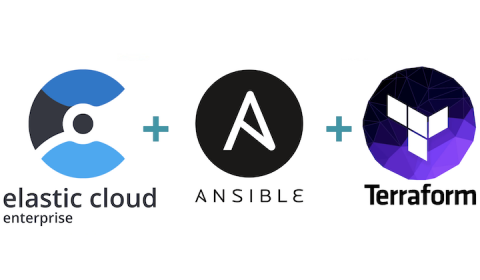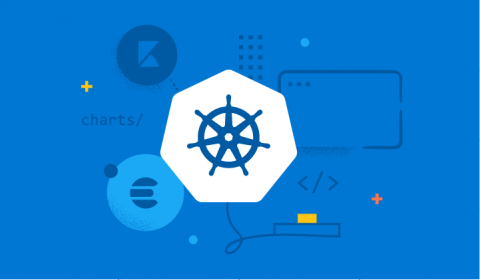Elastic Stack monitoring with Metricbeat via Logstash or Kafka
In a previous blog post, we introduced a new method of monitoring the Elastic Stack with Metricbeat. Using Metricbeat to externally collect monitoring information about Elastic Stack products improves the reliability of monitoring those products. It also provides flexibility with how the monitoring data may be routed to the Elasticsearch monitoring cluster.







